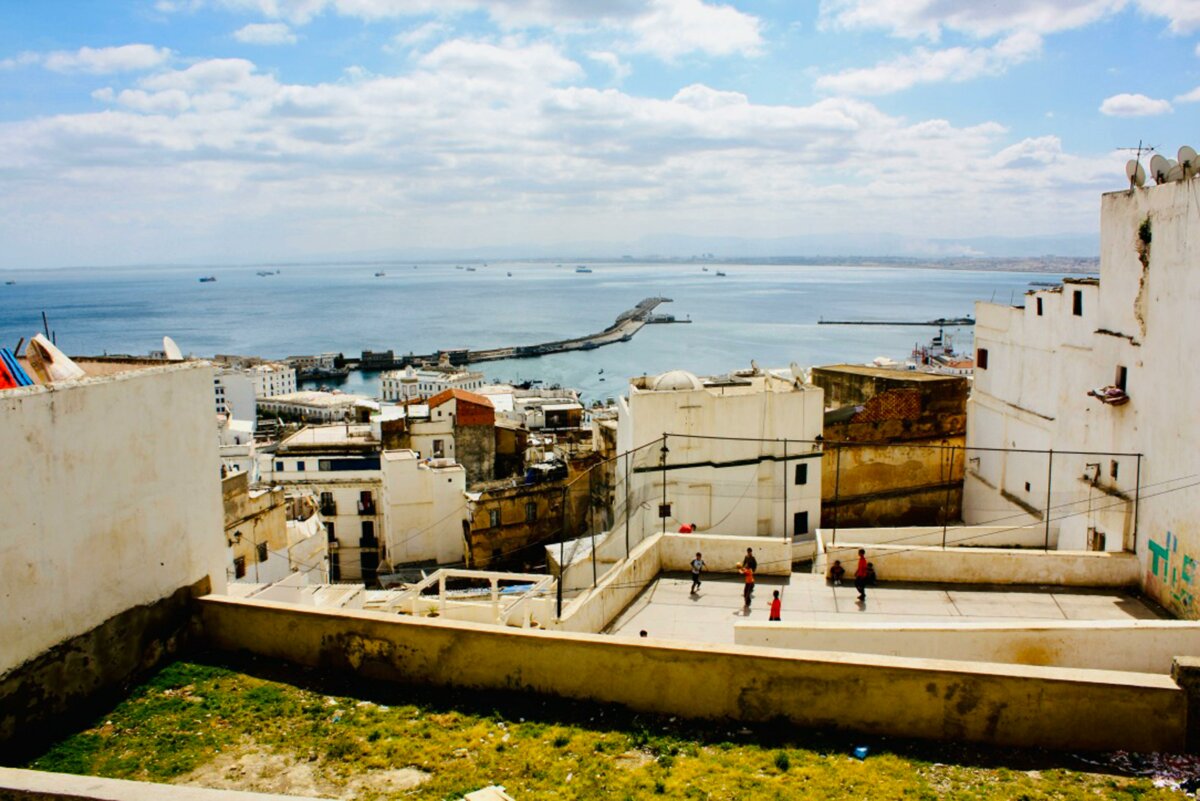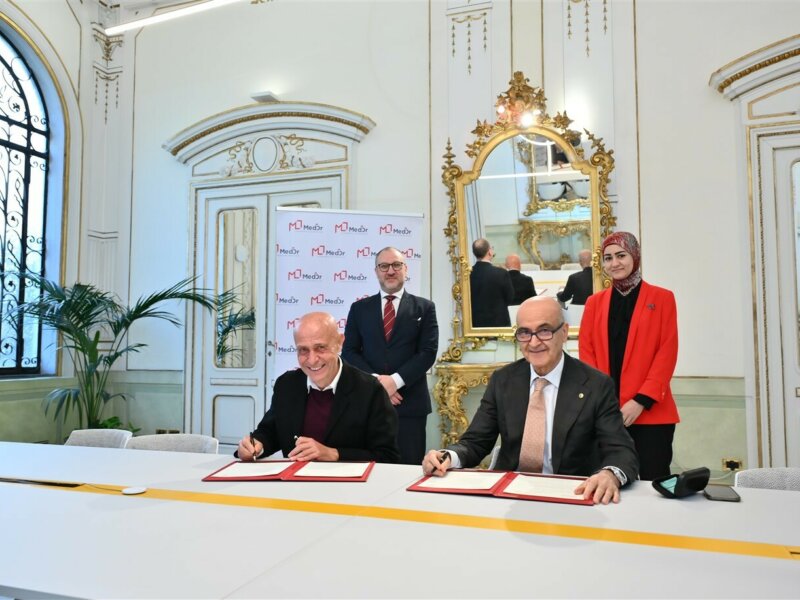Algeria: the restoration project of the Casbah of Algiers
The Algerian Government is launching a new rescue plan for Algiers’ Casbah. Sitting at the heart of the old town, the Casbah represents a piece of history for the city and the country as a whole. Rossella Fabiani explains why this project is so important for the country.

The Algerian Government has allocated €12 million to start a new rescue plan for the Casbah of Algiers’ old town, which is perhaps the most famous and significant medina in the whole of Maghreb. The Casbah is a living monument, as well as a symbol of the struggle for the country’s independence. An example of “Islamic city”, it flourished during the 315-year Ottoman Empire rule, reaching a population size of 100,000 in 1634. In 1992, it was included in UNESCO’s World Heritage List. Unfortunately, the area is currently severely deteriorated: more than a third of its buildings have either collapsed or are unsafe. Attempts made so far to stop its progressive decline have yielded limited, and sometimes even negative, effects.
The Casbah was also the set of “The battle of Algiers”, one of Italian director Gillo Pontecorvo’s most passionate films, which won the Golden Lion at the Venice film festival in 1966. The film caused outrage in France, as only four years earlier the country had lost that very battle and was forced to leave Algeria and recognise its independence after ruling over it since 1830. It was French colonisation that dealt the first blows to the Casbah. Its lower part, closer to the port, was demolished to build military barracks. Many of the traditional narrow commercial alleys disappeared and some mosques were pulled down. Only in 1865, Napoleon III put a stop to the demolition, as the new colonial Algiers, with its large Haussmann-style buildings, was developing along the coast and on both sides of the old town.
The remaining part of the Casbah appeared to be safe, now reduced to a triangle with Amar Alì street and Abderrahmane Arbadji street at its base, and the fortified citadel at the top of the hill as its apex, covering a total area of 140,000 square meters.
The Casbah of Algiers was built according to the classic scheme of the Islamic city, which includes three key elements: a religious and cultural centre, a commercial area and a political-administrative one. The religious and cultural centre consists of the great mosque, next to which lie a madrassa – the Koranic school, divided into the four schools of Sunni jurisprudence – and the hammam – the public bath, a hub of social life. The centre for business and craftsman workshops is the souk, which is divided into sections, with the most valuable goods closer to the mosque and the common-use ones farther from it. The political and administrative centre is hosted in the fortified citadel. Finally, there are the residential areas, which are divided into hawma (quarters), each one with its own small mosque, school and hammam.
However, as a result of urban development (today Algiers is a big city, home to over four million people), the move of political and administrative institutions to more suitable places (a process which started during the colonial period) and the rise of supermarkets, which have replaced the souk, the Casbah has lost its original nature of city centre and has been reduced to a minor satellite of the city’s social fabric. The statistics are damning: 300 buildings have been destroyed, 450 have been abandoned and boarded up, 200 show signs of an advanced state of deterioration, and only 50 have been restored so far. And this is not all: only 250 houses are still inhabited by the original owners, while the rest is let or illegally occupied. In some cases, new residents – most of whom arrived from the countryside – even contributed to the degradation of the area, as housing programmes enacted in the early seventies granted accommodation to families living in houses declared unfit for use, which indirectly discouraged improvements to buildings within the Casbah.
This time, the Algerian Government is determined not to make the same mistakes as in the past. In fact, the new rescue plan of the Casbah is seeking a vision that, while valuing past traditions, can bring the Casbah into the modern world.
Algeria is projected into the heart of Africa and open to the Mediterranean, receptive to contemporary and past spiritual and religious feelings, but also to ancient, as well as European cultural and artistic experiences.
The rehabilitation of the Casbah can be an opportunity for Europe and Italy to play a high-profile role. However, there are many other potential players, including China. The country, whose interests in Africa are not merely economic, has already undertaken major construction projects in Algeria. These include the construction of Djamaa el Djazair, the largest mosque in the African continent (and the third largest in the world), with its 270m-tall minaret; the new airport of Algiers; and the Olympic stadium in Oran, where the Mediterranean Games were to take place in June this year, before being postponed to 2022, due to the Covid-19 pandemic.
The recovery of Algiers’ Casbah is an opportunity for cultural diplomacy, which should not be underestimated. Italy and Algeria have signed a pact of friendship, cooperation and good neighbourliness. This treaty commits both parties “to promote actions addressed to creating a common cultural space, inspired by traditional historical and human links and the common belonging to Mediterranean culture, to stimulate greater reciprocal knowledge and develop a better understanding between the two societies and their people”.
Relations between the two countries in the field of natural gas supplies are excellent. Italian President Mattarella’s visit to Algiers on 6 and 7 November 2021 – the first by a European Head of State after the Algerian President Abdelmadjid Tebboune took office in December 2019 – marked an important moment. This will be followed by a business Forum to be scheduled for the beginning of 2022, which could open new economic perspectives beyond the natural gas sector.



